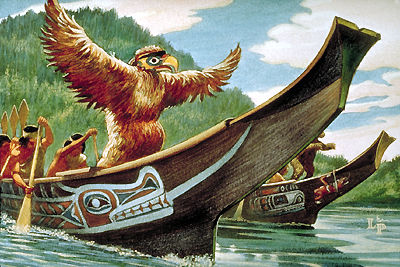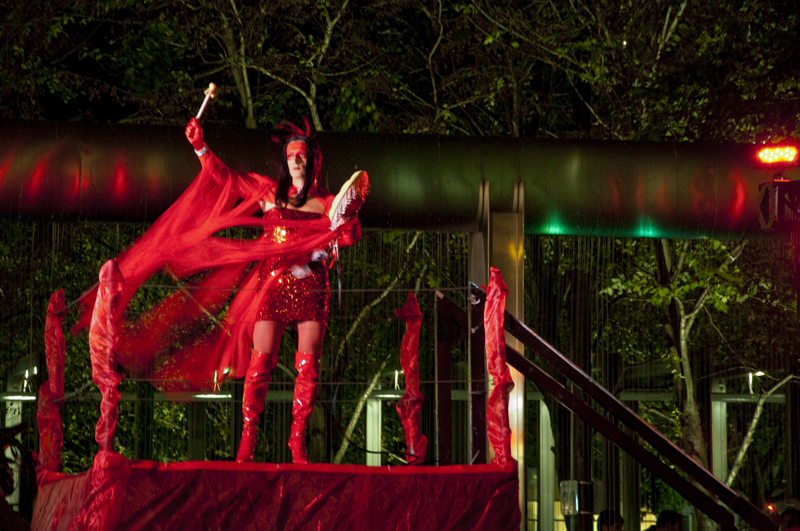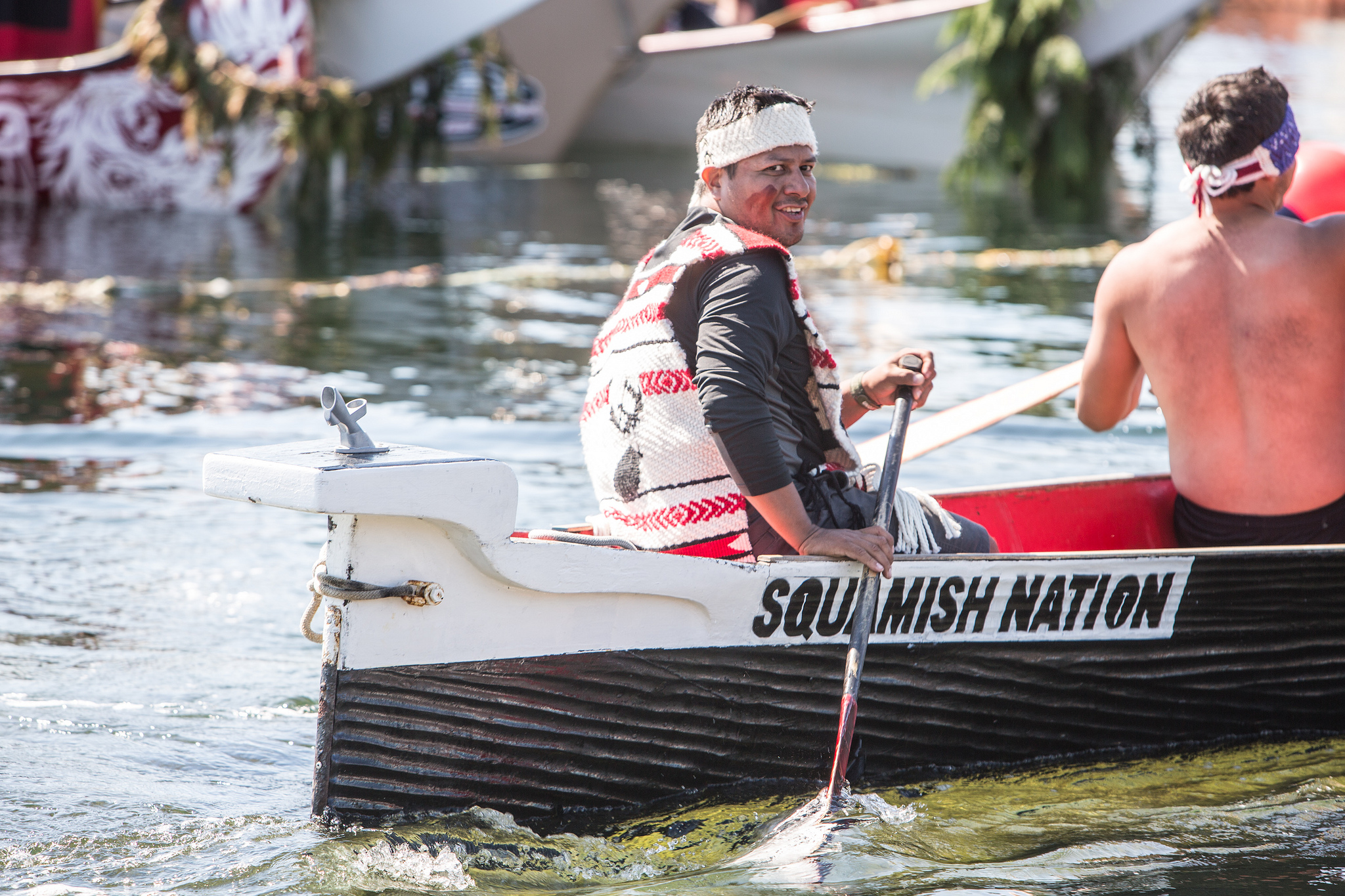Article
Traditional Plants and Indigenous Peoples in Canada
Indigenous peoples in what is now Canada collectively used over a 1,000 different plants for food, medicine, materials, and in cultural rituals and mythology. Many of these species, ranging from algae to conifers and flowering plants, remain important to Indigenous communities today. This knowledge of plants and their uses has allowed Indigenous peoples to thrive in Canada’s diverse environments. Many traditional uses of plants have evolved to be used in modern life by Indigenous and non-Indigenous peoples alike. (See also Indigenous Peoples’ Medicine in Canada.)













